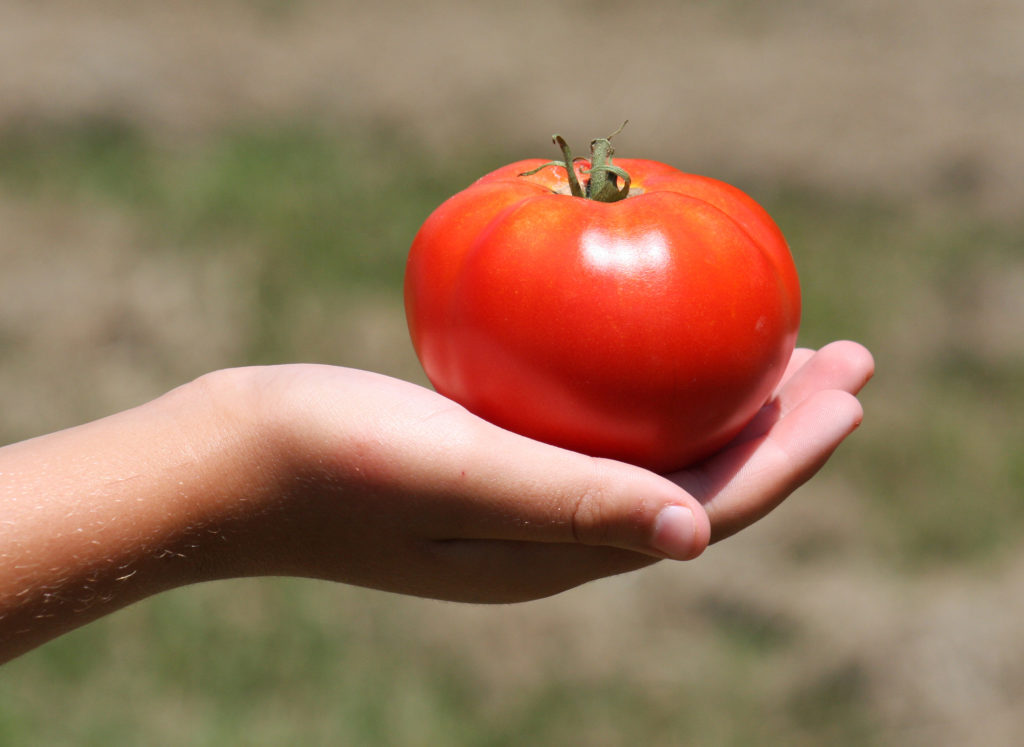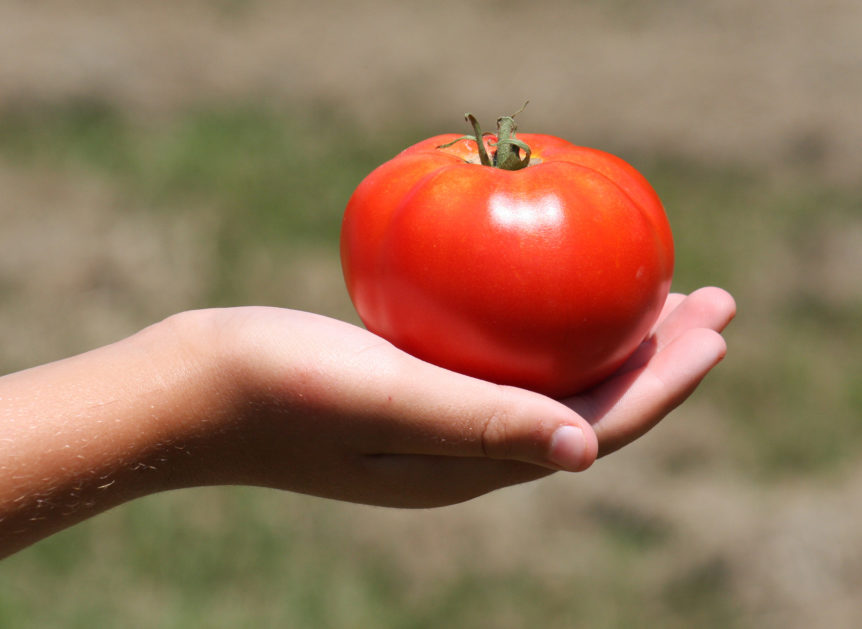
By Clint Thompson
Tomato breeding research remains vital to the long-term sustainability of the industry in Florida.
University of Florida Institute of Food and Agricultural Sciences (UF/IFAS) tomato breeder Jessica Chitwood-Brown provided an update for growers during the Florida Tomato Conference on Sept. 4. She emphasized the importance of grower interaction and learning what qualities are needed, such as fusarium wilt resistance.
“Really what I’m doing is continuing on what Sam (Hutton) was already building on and learning how my program is different from Sam’s. I’ve had a lot of boots on the ground conversations with growers. I think that’s been really important so that we’re aligning the objectives of the breeding program with the needs of the growers,” Chitwood-Brown said.
“I’m only making hybrids that have Ty resistance now versus in the past where we just didn’t have the material to do that; only making crosses that have race 3 resistance for fusarium. What I’m hearing from growers is if you don’t have that, it’s a no-go for them. They can’t even trial it on their farm, they won’t even trial it on their farm. They know their own fields enough to know we have this disease, and if we don’t have resistance, we’re not going to get a crop.”
Color’s Importance
Tomato’s color is also an important trait for Chitwood-Brown to screen for. She said growers are paying more attention to the fruit’s internal and external appearance.
“I think (color) is more and more of interest. A lot of growers are talking about, for example, crimson fruit,” she said. “They want a fruit that looks nice, deep red that you can take a pretty picture of and put it online. That want that because that’s what their stakeholders are asking for. Their buyers are asking for it. As a breeder, we incorporate those traits and do the best we can to make sure our parents have the traits they’re looking for so the hybrids you make also have the traits they’re looking for.”










